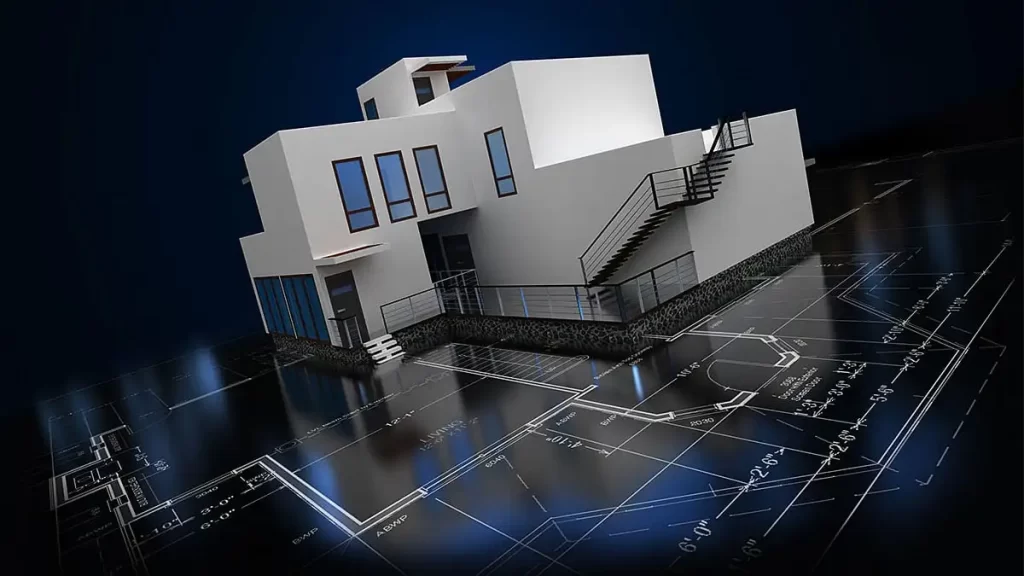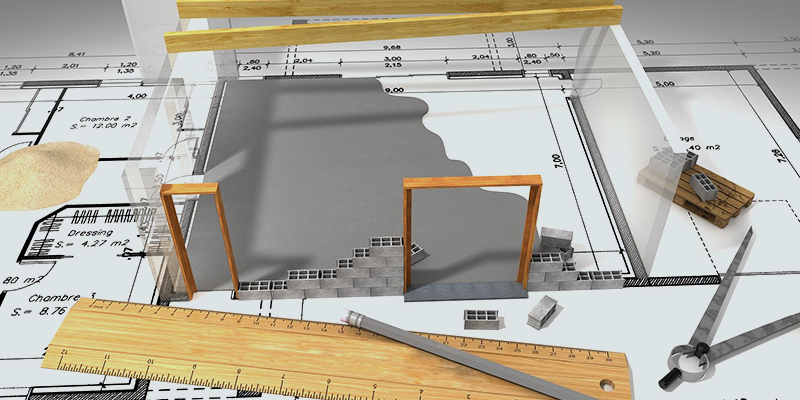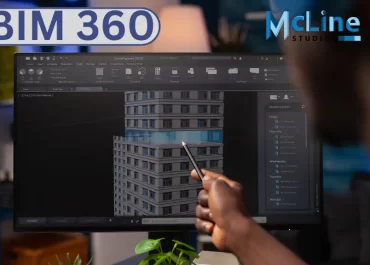In the world of modern engineering and design, Computer-Aided Design (CAD) has revolutionized the way projects are conceptualized, developed, and executed. As technology continues to evolve, businesses are always on the lookout for efficient methods to optimize their processes and control costs.
One such method that has gained traction in recent years is offshore CAD drafting Services. This article delves into why offshore CAD drafting is considered a superior method for cost control, highlighting its benefits, potential challenges, and key considerations.

Benefits of Offshore CAD Drafting for Cost Control
- Labor Cost Advantage: One of the primary reasons companies opt for offshore CAD drafting is the significant cost advantage. Offshore locations often offer access to a skilled and educated workforce at a fraction of the cost compared to onshore alternatives.
This wage differential allows businesses to allocate their budget more effectively, directing resources toward other critical areas of their projects.
- Reduced Overhead Expenses: Operating a design or drafting team in-house comes with various overhead expenses, such as office space, equipment, utilities, and employee benefits. Offshore CAD drafting eliminates or greatly reduces these overhead costs, enabling businesses to reallocate funds toward core activities.
- Access to Global Talent: Offshore CAD drafting provides access to a diverse pool of global talent. Companies can collaborate with skilled professionals from different parts of the world, benefiting from their unique perspectives and expertise. This global talent pool can lead to improved project outcomes and innovative solutions.
- Scalability and Flexibility: Offshore CAD drafting services offer scalability and flexibility, allowing businesses to ramp up or downsize their resources based on project demands. This agility ensures that companies can efficiently manage costs without compromising the quality of work.
- Time Zone Advantage: Offshore CAD drafting can leverage time zone differences to create a 24-hour work cycle. Projects can progress even when the primary team is not working, leading to faster turnarounds and shorter project timelines. This time zone advantage can translate into cost savings by accelerating project completion.

Challenges and Considerations While Offshoring CAD Drafting Services
- Communication and Collaboration: Effective communication and collaboration can be challenging when working with an offshore team. Clear communication channels, well-defined processes, and the use of collaborative tools are essential to overcome this hurdle.
- Quality Assurance: Maintaining consistent quality standards across offshore CAD drafting can be a concern. Establishing stringent quality control measures, regular feedback loops, and performance evaluations can help ensure that the work meets or exceeds expectations.
- Intellectual Property Protection: Protecting sensitive design and engineering information becomes crucial when working with offshore partners. Companies must implement robust legal agreements and security protocols to safeguard their intellectual property.
- Cultural Differences: Offshore collaboration may involve working with individuals from diverse cultural backgrounds. Sensitivity to cultural differences and fostering a harmonious work environment are vital for successful collaboration.
The End Note
In a globalized and competitive business landscape, offshore CAD drafting has emerged as a superior method for cost control in the field of design and engineering.
The benefits of labor cost advantages, reduced overhead expenses, access to global talent, scalability, and time zone advantages outweigh the challenges associated with communication, quality assurance, intellectual property protection, and cultural differences.
By strategically harnessing the power of CAD drafting, businesses can optimize their cost structures, enhance project efficiency, and achieve successful outcomes in an increasingly dynamic industry.




